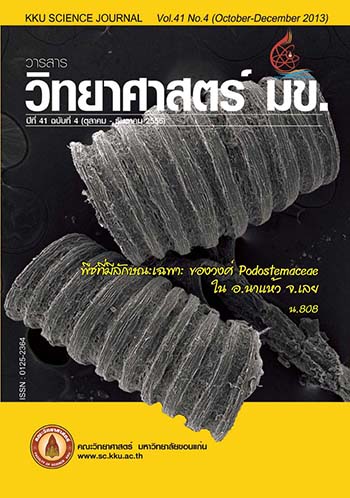Symbiotic Seed Germination of Orchids
Main Article Content
Abstract
Orchids are economically important plants. Moreover, majority of native Thai orchids are rare or endangered. Seed germination is a standard technique for propagation of orchid hybrids to select desirable traits and for propagation of orchid species recalcitrant to tissue culture. Symbiotic seed germination, i.e., germination of seeds by co-culturing with orchid mycorrhizal fungus, is an option of orchid seed germination. Comparative studies between in vitro asymbiotic and symbiotic seed germination demonstrated that symbiotic method gave superior results compared to asymbiotic method because mycorrhizal fungus-infected seeds absorbed water better than non-infected seeds. Moreover, protocorms from symbiotic method could develop more rapidly than protocorms from asymbiotic method. This article is aimed to review current knowledge concerning symbiotic orchid seed germination including physiology of orchid seeds, orchid mycorrhizal fungi, symbiotic germination methods, and factors influencing symbiotic orchid seed germination. Understanding the requirements for symbiotic seed germination will assist the improvement of this technique to be used for commercial orchid propagation and conservation.
Article Details

This work is licensed under a Creative Commons Attribution-NonCommercial-NoDerivatives 4.0 International License.


